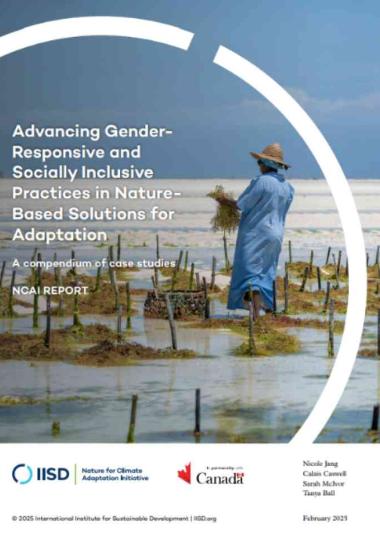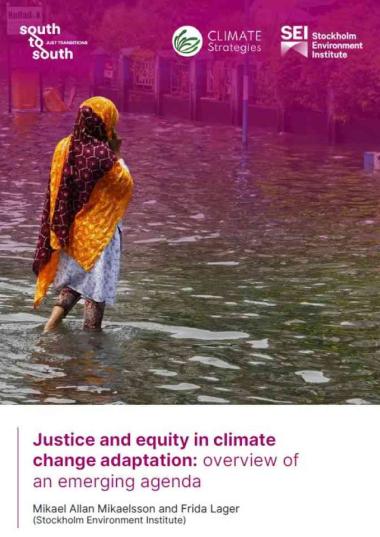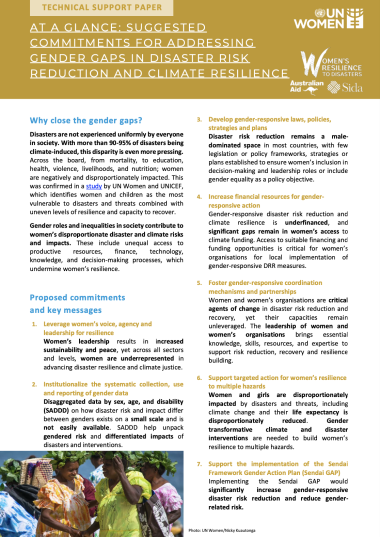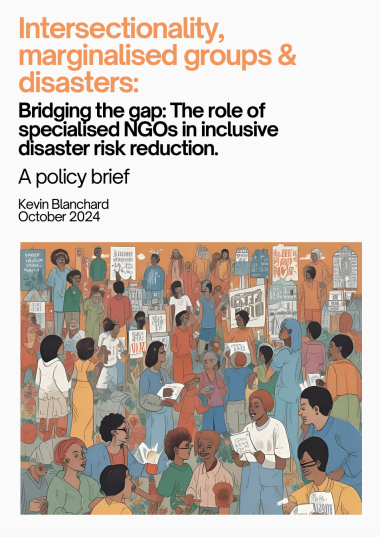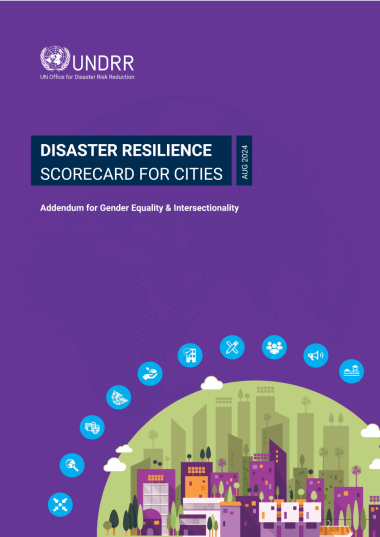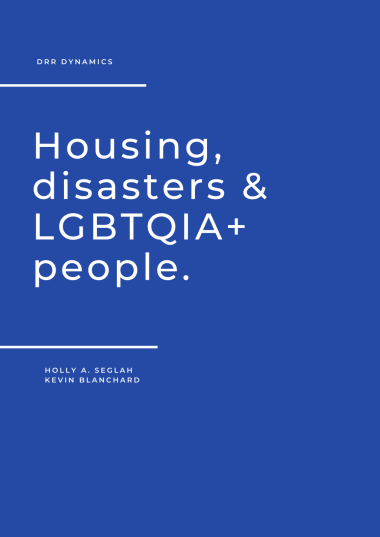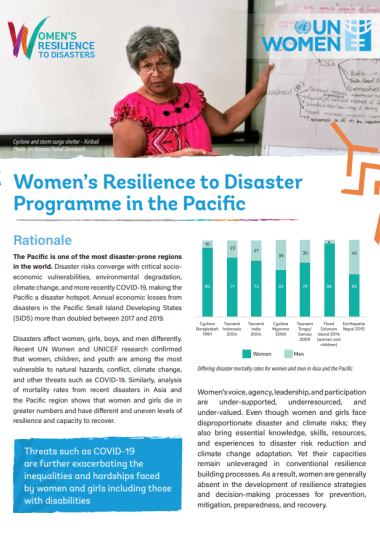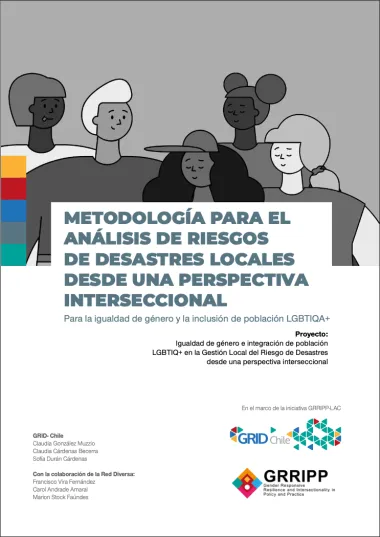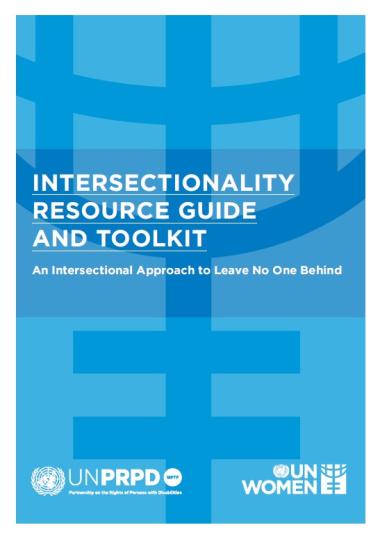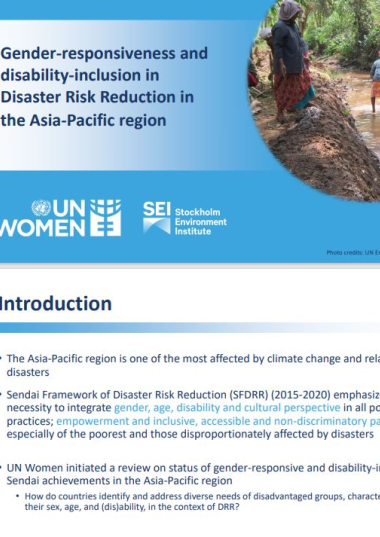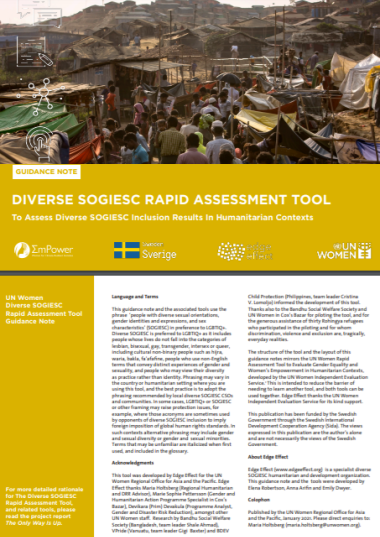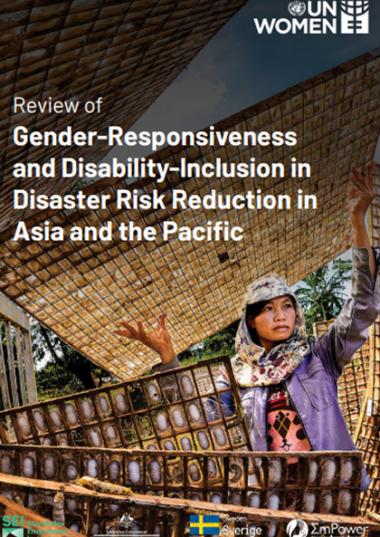
Intersectionality
People have different, changing, and intersecting identities, needs, priorities, and capacities, which shape how they prepare for, cope, and respond to sudden-onset disasters and slow-onset changes. To understand differing gendered disaster and climate risks and impacts, intersectional analysis is required. For example, research shows that women and adolescent girls with disabilities are particularly vulnerable to discrimination, exploitation, and violence including gender-based violence. Exclusion from social networks, discrimination and stigma often increase vulnerability to violence, abuse, and exploitation, all of which tend to increase during and after disasters.
“Everyone has a series of intersecting identities and roles, assets and disadvantages, some of which give rise to particular risks from disasters and climate change; and these sometimes intersect to increase a person’s risk.”
Intersectional analysis therefore helps unpack the dynamics that shape vulnerability and resilience ensuring more targeted disaster risk reduction and resilience policies and programming. It considers how climate and disaster risks intersect for individuals based on a range of factors including disability, age, diverse gender identities and sexual orientations, ethnicity, indigeneity, poverty, geographical location/remoteness, social marginalisation, and conflict.
